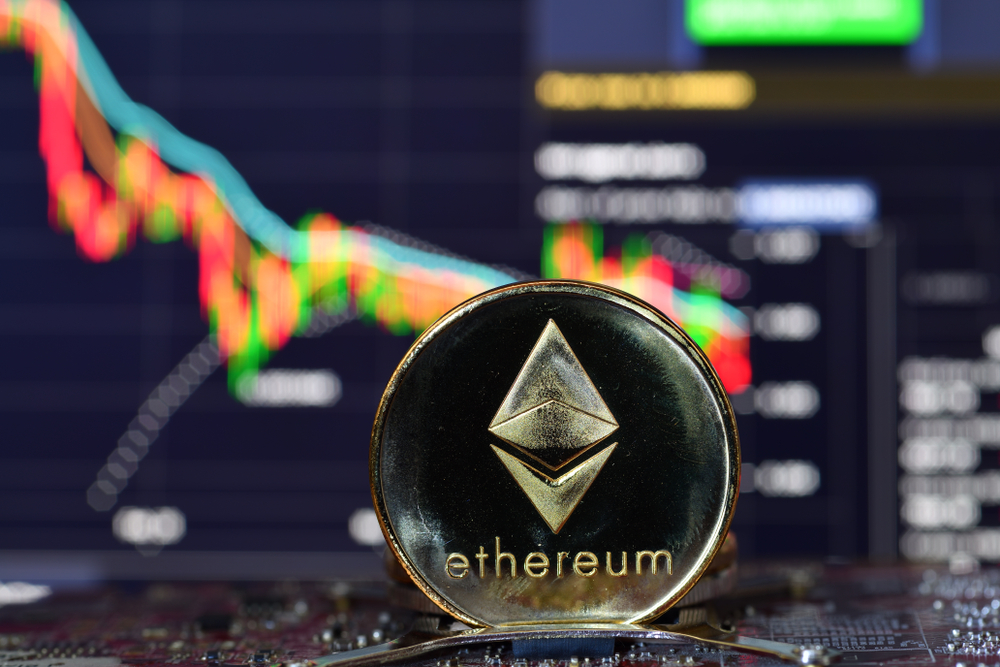|
Getting your Trinity Audio player ready...
|
In a dramatic shift for the Ethereum network, revenue from its Layer-1 (L1) blockchain has plummeted by an astonishing 99% since March 2024. This steep decline in network fees comes despite a sharp rise in both monthly users and daily transaction costs on Layer-2 (L2) solutions.
According to Token Terminal data, Ethereum’s network fees peaked at $35.5 million on March 5, 2024, signaling a record high for the year. However, just eight days later, the Dencun upgrade went live, drastically slashing fees for L2 transactions. The impact was immediate: by August 31, network fees had dropped to $566,000, with a slight increase to $578,000 by September 2, 2024.
The Layer-2 Explosion
The Dencun upgrade’s reduction in fees has led to a proliferation of competing L2 scaling solutions. L2Beat now lists a staggering 74 Ethereum L2 projects and 21 Layer-3 solutions. This surge has led to fierce competition among L2s, each striving to offer the lowest transaction fees to attract users. Adrian Brink, CEO of Anoma, argues that the market is oversaturated with L2 solutions, with an estimated tenfold excess of what the industry needs. This fierce competition has contributed to a ‘race to the bottom,’ drawing users away from the Ethereum base layer and reinforcing the downward pressure on network fees.
Inflationary Pressures on ETH
The dramatic drop in transaction fees has significant implications for Ether (ETH). Historically, Ethereum’s transaction fees have been partially offset by EIP-1559, which introduced a deflationary mechanism by burning a portion of transaction fees. However, the Dencun upgrade’s drastic reduction in fees has nullified this deflationary pressure. As a result, the supply of ETH has been increasing, driving the cryptocurrency’s price below the $3,000 mark.
Also Read: Ethereum Whale Alert – $19.22 Million ETH Buy Signal Amid Price Drop – Will $2,510 Support Hold?
The lower fees and decreased demand for ETH have compounded the inflationary pressure on the token. This shift highlights a critical challenge facing Ethereum: while Layer-2 solutions offer enhanced scalability and reduced costs, they also contribute to a significant reduction in revenue for the Ethereum base layer, potentially affecting its long-term economic sustainability.
As Ethereum continues to evolve and the landscape of L2 solutions becomes increasingly competitive, the network’s ability to balance transaction costs and revenue generation will be crucial for its future stability and growth.
Disclaimer: The information in this article is for general purposes only and does not constitute financial advice. The author’s views are personal and may not reflect the views of Chain Affairs. Before making any investment decisions, you should always conduct your own research. Chain Affairs is not responsible for any financial losses.
I’m your translator between the financial Old World and the new frontier of crypto. After a career demystifying economics and markets, I enjoy elucidating crypto – from investment risks to earth-shaking potential. Let’s explore!



